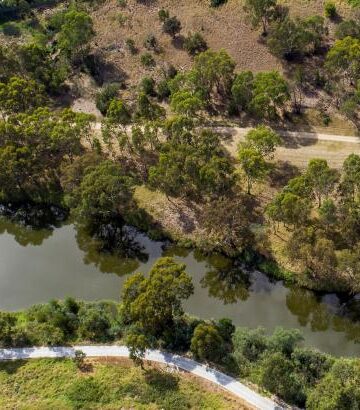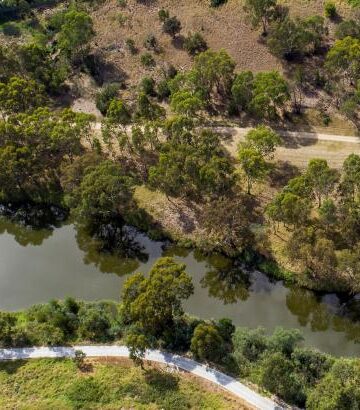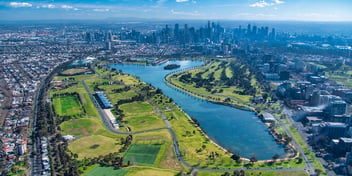New sewer to transform Melbourne’s west

A new world-class sewerage system will manage future flows in Melbourne's west by increasing the capacity of the system and improving transfer of wastewater from the area.
Residents and businesses in Melbourne’s growing western suburbs are set to benefit from a transformational new sewer slated to start construction later this year.
The Maribyrnong River Main (MRM) to North Western Sewer Connection Project is one of the main sewers in Melbourne Water’s network.
Melbourne Water’s General Manager of Major Program Delivery Eamonn Kelly said the large scale sewer augmentation will be delivered using state-of–the-art construction technologies to limit the impact on local communities.
“The new 1.2 km gravity sewer will be built to divert sewage flows from the MRM Sewer into the larger North Western Sewer in Maidstone, which transports wastewater to the Western Treatment Plant," he said.
“It will have capacity to transport about 24 million litres of sewage each day from 36,000 properties in suburbs across the city’s west, including Melbourne Airport, to where it’s treated at the Western Treatment Plant.”
Greater Melbourne is projected to grow by approximately four million people, increasing from five million in 2018 to nine million by 2056.
Melbourne’s western growth corridor is one of four planned by the city, which aims to deliver affordable housing, employment, all-inclusive town centres, along with open spaces. The corridors are expected to eventually accommodate almost half of Melbourne’s new housing.
“With the west being a big urban growth corridor, there is a real need for this capacity building and innovative sewer augmentation,” Kelly added.
“We’re also working closely with Maribyrnong and Moonee Valley City Councils to develop opportunities to deliver long-term benefits for the Maribyrnong River and for the community.”
Part of that plan aims to see a section of land next to the Maribyrnong River, which is currently inaccessible, opened up for the community to enjoy once the new sewer has been built. Extensive weeds will be removed throughout the reserve and native grasses, and trees and shrubs will be planted in their place.
A new pipe bridge will be built over the Maribyrnong River to cater for active transport connection, and a 300 m shared path will be created to join up to existing shared paths on either side of the river. This will create a key link in the western active transport corridor and enable continuous public access along the river.
Geotechnical investigations, cultural heritage assessments, and flora and fauna surveys have been completed and will be used to inform the detailed design.


